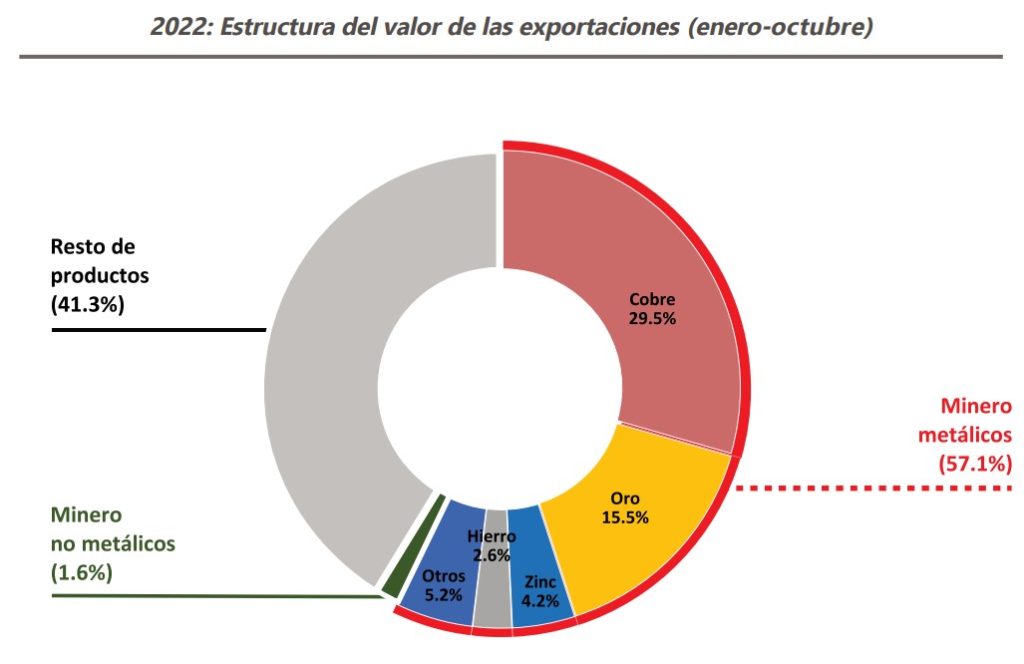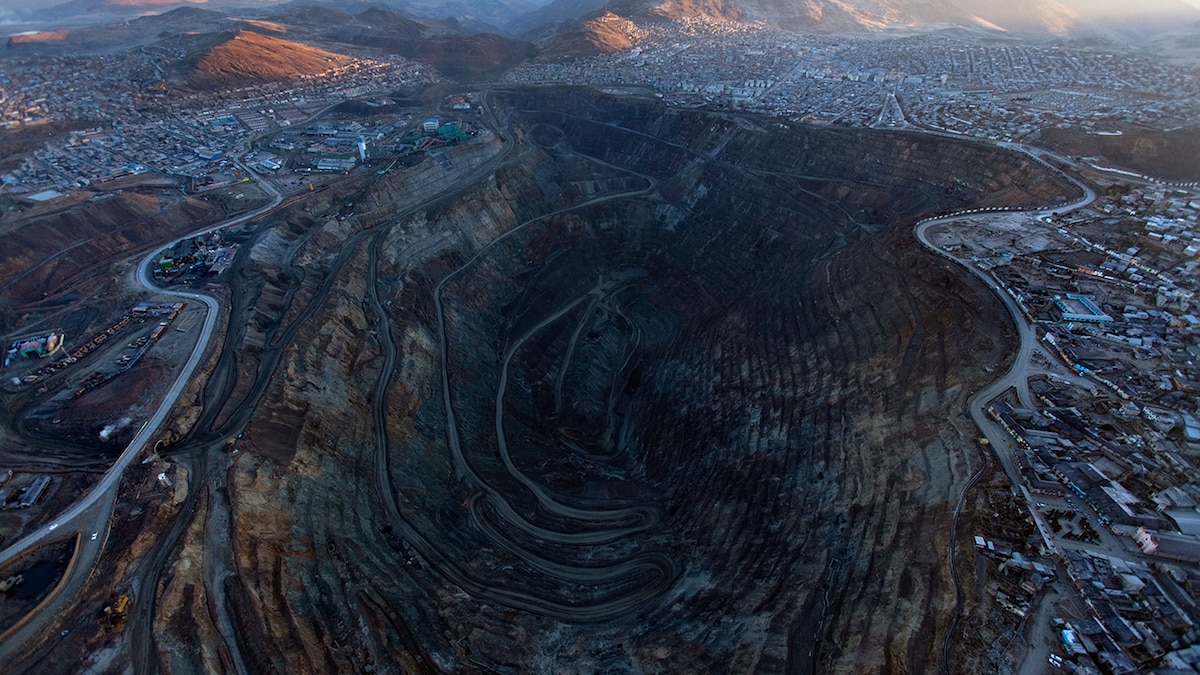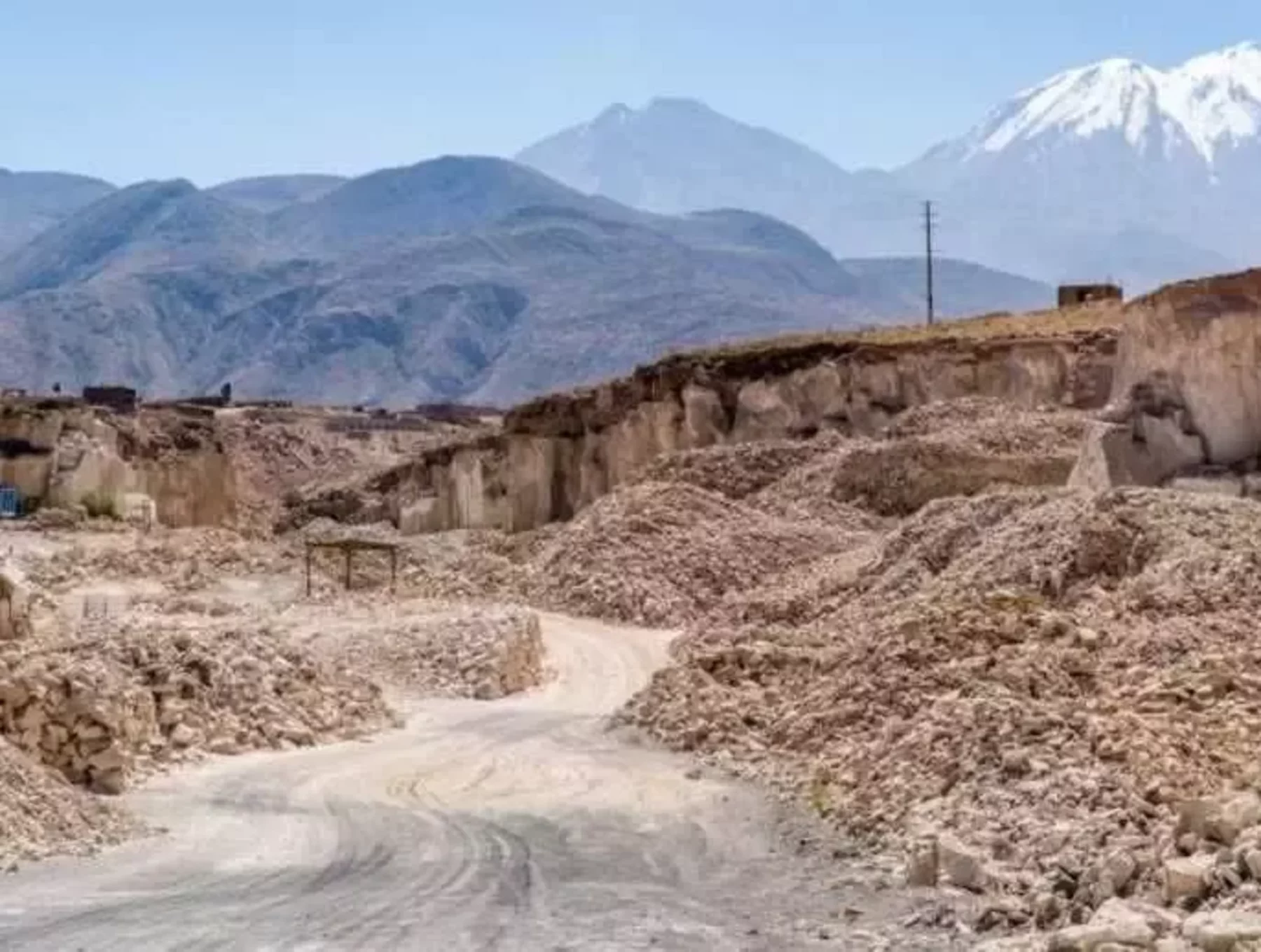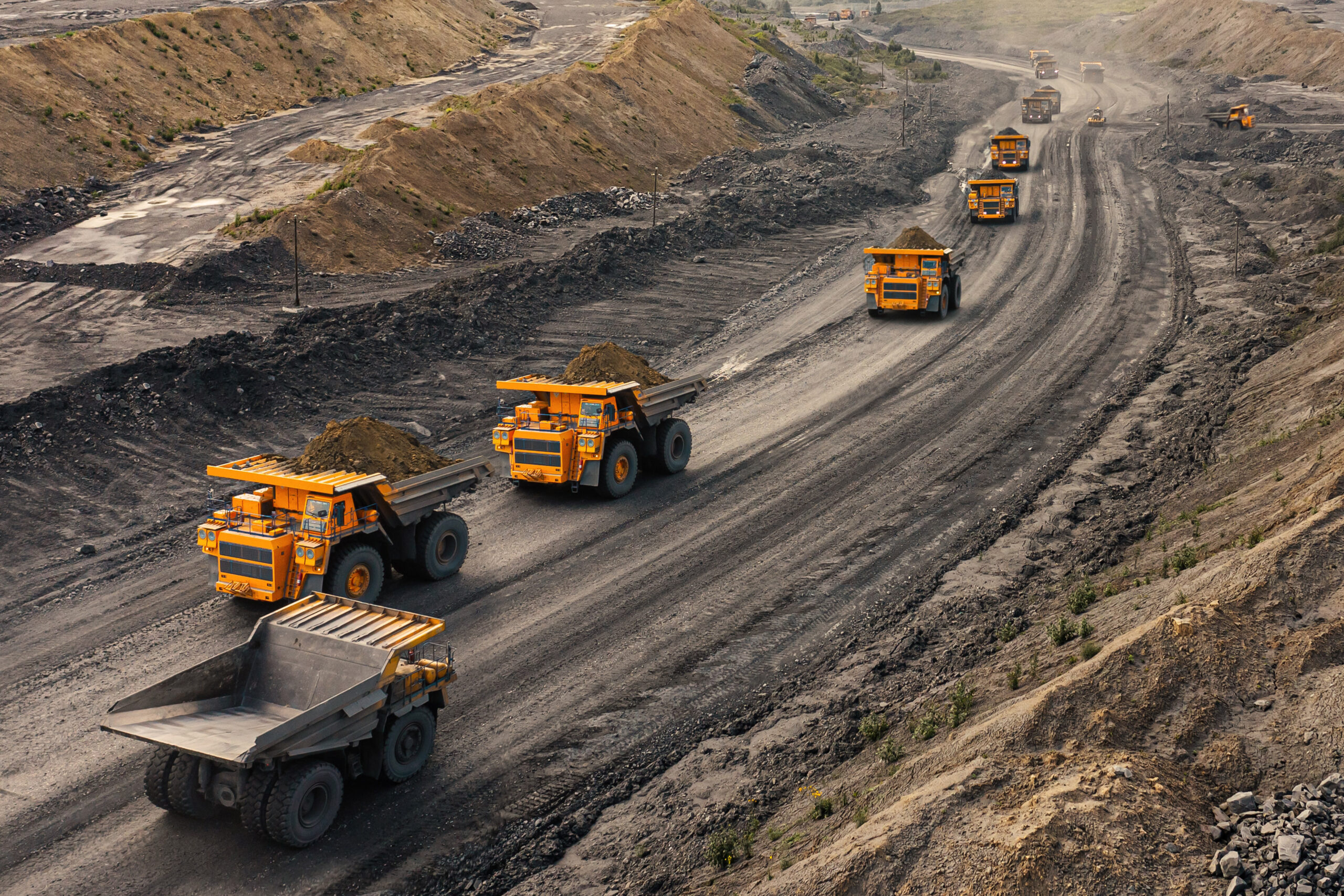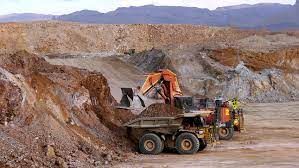Do you ever wonder what lies beneath the surface of Peru’s mining industry? Well, buckle up because today we’re diving deep into the world of open-pit and underground mines in Peru! These two mining methods have captured the attention of experts and curious minds alike, with their stark differences and unique characteristics. So, let’s explore what sets them apart and discover the fascinating world of mining in Peru!
From Open-pit And Underground Mines In Peru, When it comes to open-pit mines in Peru, think of a massive hole in the ground that resembles a humongous bowl! These mines, also known as opencast or open-cut mines, are exactly what they sound like – mines that are open to the sky. With their vast size and wide accessibility, open-pit mines offer a unique opportunity to extract minerals from the earth’s crust.
On the other hand, from Open-pit And Underground Mines In Peru, underground mines in Peru take miners on an extraordinary journey beneath the Earth’s surface. Instead of scooping minerals from the open air, underground mines involve tunnels, shafts, and intricate networks that stretch below the ground. Think of it as a hidden world full of treasures waiting to be unearthed. So, get ready to discover the mysteries buried deep within Peru’s underground mines!
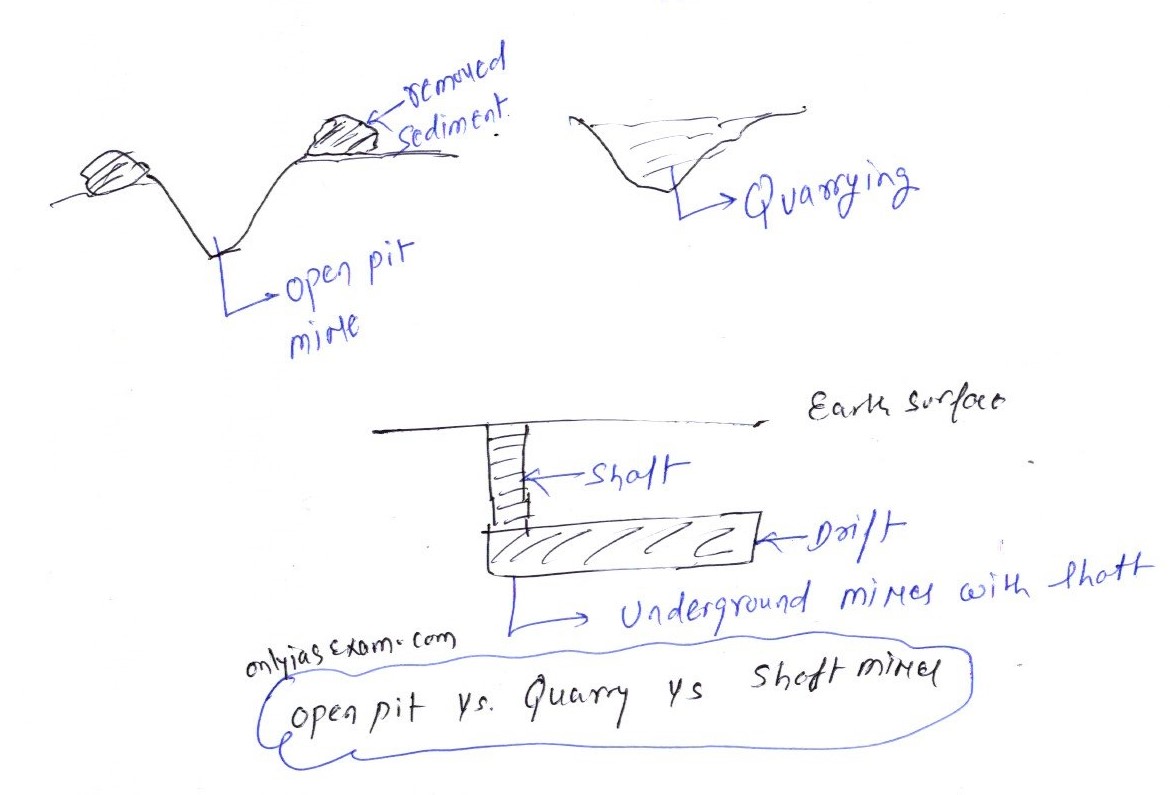
The Differences Between Open-Pit and Underground Mines in Peru
Peru is a rich resource of minerals, and mining plays a crucial role in its economy. Open-pit mining and underground mining are two common methods used to extract these valuable resources. In this article, we will explore the differences between open-pit and underground mines in Peru, including their techniques, environmental impacts, and economic considerations. Whether you’re a mining enthusiast or simply curious about Peru’s mining industry, this article will provide you with a comprehensive understanding of these two mining methods.
The Techniques of Open-Pit Mining
Open-pit mining is a surface mining technique used to extract minerals from the earth’s crust. This method involves excavating large open pits or quarries to reach the ore body. In Peru, open-pit mines are commonly used to extract copper, gold, silver, zinc, and other minerals. The process begins with removing the vegetation and topsoil above the ore deposit. Heavy machinery, such as excavators and haul trucks, is then used to extract the ore. The extracted ore is processed on-site or transported to a nearby processing plant. Open-pit mining offers several advantages, including high production rates, easy access to the ore body, and lower operating costs compared to Open-pit And Underground Mines In Peru.
Environmental Impacts of Open-Pit Mining
While open-pit mining has its benefits, it also has significant environmental impacts. One major concern is the disruption of the natural landscape. Large areas of land are cleared, and vegetation is removed, leading to habitat loss and biodiversity reduction. The extraction of minerals can result in soil erosion and sedimentation of nearby water sources, affecting aquatic ecosystems. Additionally, the use of explosives and heavy machinery can generate noise and dust pollution. To mitigate these impacts, mining companies in Peru are required to develop and implement environmental management plans that include measures to minimize land disturbance, control dust emissions, and protect water quality.
Benefits of Open-Pit Mining
Despite its environmental impacts, open-pit mining offers several benefits. The large-scale operations create employment opportunities, boost local economies, and contribute to Peru’s overall economic growth. Open-pit And Underground Mines In Peru mining also allows for the extraction of minerals from low-grade deposits that would be economically unfeasible using underground mining methods. Furthermore, the extraction process is more efficient and less hazardous for workers due to the availability of open space and better ventilation. These factors have made open-pit mining a popular choice for resource extraction in Peru and many other mineral-rich countries.
The Techniques of Underground Mining
Unlike open-pit mining, underground mining involves accessing the ore body through tunnels or shafts beneath the surface. In Peru, underground mining is commonly used for mineral deposits located at greater depths or in areas where the ore body cannot be extracted through open-pit methods. The process begins with constructing tunnels and shafts to access the deposit. This requires specialized drilling equipment and skilled miners. Once underground, the ore is extracted using various methods such as longwall mining, room and pillar mining, or cut and fill mining. The extracted ore is then processed either underground or transported to the surface for further processing.
Environmental Impacts of Underground Mining
Underground mining also has significant environmental impacts, although they differ from those of open-pit mining. The construction of tunnels and shafts can disrupt groundwater flow and lead to changes in water quality. The mining process can cause subsidence, which is the sinking or settling of the earth’s surface, resulting in structural damages to buildings and infrastructure. Additionally, underground mining can generate air pollutants such as dust and gases. To address these impacts, mining companies in Peru are required to implement measures to prevent groundwater contamination, monitor subsidence, and control air emissions for Open-pit And Underground Mines In Peru.
Benefits of Underground Mining
Despite its environmental impacts, underground mining offers unique advantages. It allows for the extraction of minerals in areas that are not suitable for open-pit mining, such as steep terrain or densely populated areas. Underground mining also provides better resource recovery as it can target specific high-grade ore bodies. Furthermore, underground mining operations have a smaller surface footprint, reducing the impact on the natural landscape. These factors make underground mining an important method for extracting minerals in Peru, particularly in areas with specific geological characteristics.
Key Takeaways: Exploring the Differences between Open-Pit and Underground Mines in Peru
- Open-pit mining involves extracting minerals from the surface, while underground mining involves accessing minerals below the ground through tunnels.
- Open-pit mines can be visually striking with large excavations, while underground mines are hidden beneath the Earth’s surface.
- Open-pit mining is generally less expensive and more efficient, but underground mining may be necessary for deeper and narrower mineral deposits.
- Open-pit mines require large-scale removal of soil and rock, impacting the environment, while underground mines have a smaller surface footprint.
- Both types of Open-pit And Underground Mines In Peru have their own set of safety challenges and regulations to ensure the well-being of workers.
Frequently Asked Questions
Looking to learn more about open-pit and underground mines in Peru? Discover the answers to some of the most commonly asked questions below.
1. How are Open-pit And Underground Mines In Peru different?
Open-pit mines and underground mines differ primarily in how the valuable minerals or materials are extracted. In open-pit mining, a large excavation or “pit” is created on the surface of the earth, and machinery is used to remove the overlying rock and extract the minerals or materials. On the other hand, underground mines involve digging tunnels or shafts beneath the surface to access the minerals or materials.
The choice between Open-pit And Underground Mines In Peru depends on factors such as the type and depth of the deposit, the economics of extraction, and environmental considerations. Open-pit mining is typically used for shallow deposits, while deeper deposits may require underground mining techniques.
2. What are the advantages of open-pit mining?
In Open-pit And Underground Mines In Peru, Open-pit mining offers several advantages. Firstly, it allows for the extraction of minerals or materials from a large area, maximizing the potential yield. It also allows for efficient use of heavy machinery, as the pit provides easy access for equipment. Open-pit mining also tends to have lower operating costs compared to underground mining, as there is no need for costly underground infrastructure.
However, it is important to note that open-pit mining can have significant environmental impacts, such as habitat destruction and contamination of soil and water. These factors need to be carefully considered and managed to minimize negative effects on the surrounding ecosystem.
3. What are the advantages of underground mining?
In Open-pit And Underground Mines In Peru, Underground mining offers certain advantages over open-pit mining. One of the key benefits is that it can access deeper deposits that may not be economically feasible to extract through open-pit mining. Additionally, underground mining poses less of a visual impact on the landscape as the operations are hidden beneath the surface.
Moreover, underground mining can provide better control over the environment, reducing the potential for water contamination and minimizing the disturbance to habitats. However, underground mining can be more expensive and require more extensive infrastructure compared to open-pit mining.
4. Are there any safety considerations in open-pit mining?
Safety considerations are crucial in Open-pit And Underground Mines In Peru operations. Due to the large scale of the operations and the use of heavy machinery, there is a higher risk of accidents, especially in the form of vehicle collisions and equipment malfunctions. To mitigate these risks, rigorous safety protocols and training programs are implemented in open-pit mines to ensure the safety of workers.
It is important for workers to have proper training and access to safety equipment. Regular inspections and maintenance of equipment are also essential to prevent accidents. Additionally, emergency response plans and protocols should be in place to address any potential incidents or emergencies that may occur.
5. How do Open-pit And Underground Mines In Peru impact local communities?
The impact of Open-pit And Underground Mines In Peru on local communities can vary. Both types of mining can bring economic opportunities through job creation and revenue generation for local businesses. The mining industry may also contribute to infrastructure development in the region.
However, mining activities can also have negative effects on communities. Environmental impacts such as water and air pollution can affect the health of local residents. The extraction of minerals can lead to displacement of communities and conflicts over land and resources. It is crucial for mining companies to engage with local communities, mitigate negative impacts, and ensure sustainable practices that benefit both the industry and the communities.
LECTURE -2|| OPENCAST AND UNDERGROUND MINING|| ADVANTAGES & DISADVANTAGES OF THEM || MINING WORLD
Summary
In Peru, there are two main types of mining: Open-pit And Underground Mines In Peru. Open-pit mining involves digging huge holes on the surface to extract minerals, while underground mining goes beneath the ground to extract resources. Open-pit mines are larger and easier to access, but they can cause more environmental damage. On the other hand, underground mines are smaller and less damaging to the environment, but they require more complex and expensive operations. Both types have their advantages and disadvantages, and it’s important to consider the impact on the environment and the local communities when choosing a mining method.

